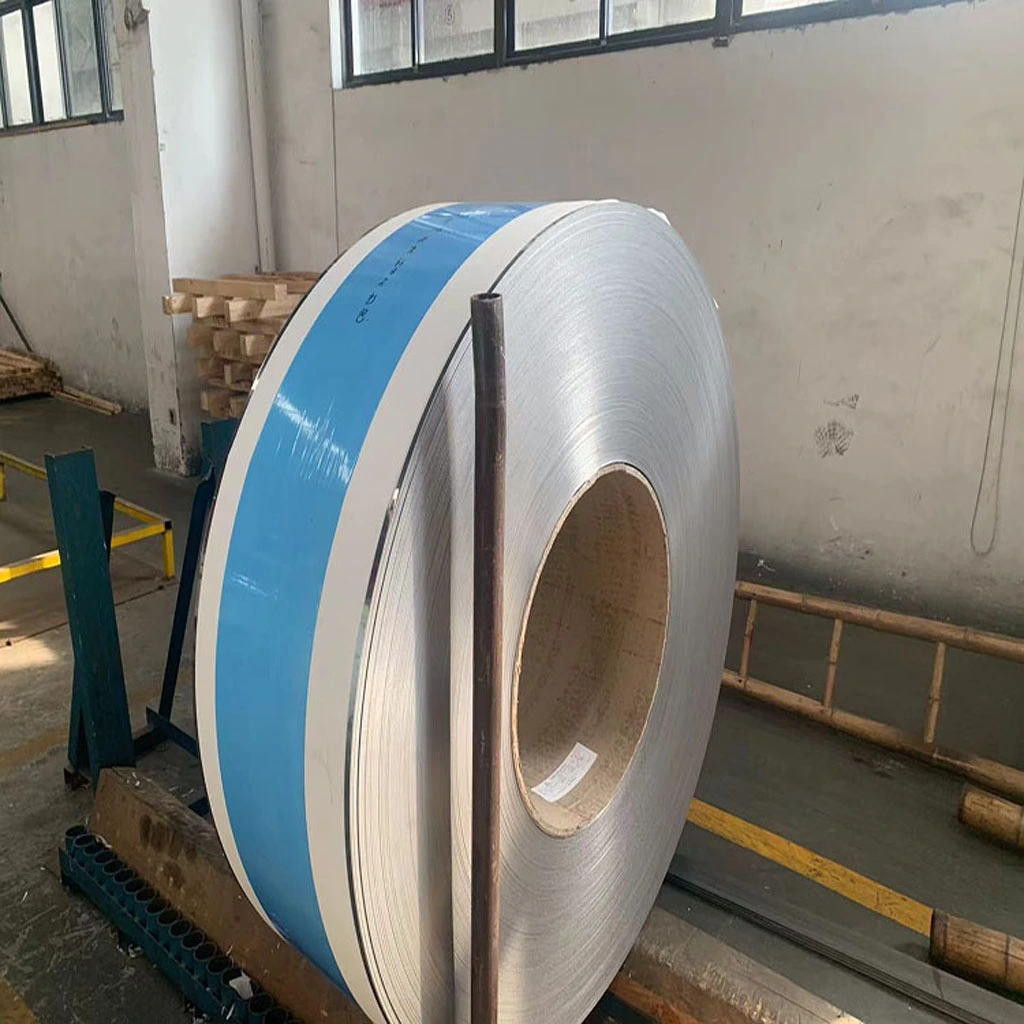What is 434 stainless steel?
2023-07-04
What is 434 stainless steel?
434 stainless steel is a type of ferritic stainless steel alloy that contains a combination of chromium, molybdenum, and niobium, which imparts excellent corrosion resistance and high strength to the material. The inclusion of molybdenum and niobium enhances its resistance to chloride-induced stress corrosion cracking, making it suitable for applications in mildly corrosive environments. Additionally, 434 stainless steel exhibits good weldability and formability, making it a popular choice for automotive exhaust systems, kitchen appliances, and other industrial applications where corrosion resistance and moderate mechanical properties are required.
Chemical composition of 434 stainless steel
434 stainless steel is a specific type of stainless steel alloy that falls within the 400 series of stainless steels. The chemical composition of 434 stainless steel typically includes the following elements:
Iron (Fe): Balancing element
Chromium (Cr): 16.0-18.0%
Molybdenum (Mo): 0.75-1.25%
Manganese (Mn): 1.0% maximum
Silicon (Si): 1.0% maximum
Phosphorus (P): 0.04% maximum
Sulfur (S): 0.03% maximum
Carbon (C): 0.12% maximum
434 stainless steel is characterized by its higher molybdenum content, which provides improved resistance to corrosion compared to some other stainless steel grades.
What are the mechanical properties of 434 stainless steel?
The mechanical properties of 434 stainless steel may vary depending on the specific heat treatment and manufacturing processes used. However, the following are typical mechanical properties associated with 434 stainless steel:
Tensile Strength: The tensile strength of 434 stainless steel is typically around 480-600 MPa (70,000-87,000 psi).
Yield Strength: The yield strength of 434 stainless steel is generally about 275-325 MPa (40,000-47,000 psi).
Elongation: The elongation at break for 434 stainless steel is typically in the range of 20-25%, indicating its ability to deform before fracturing.
Hardness: The hardness of 434 stainless steel can vary depending on the heat treatment. It is usually in the range of 170-200 HB (Brinell hardness) or 174-205 HV (Vickers hardness).
What are the physical properties of 434 stainless steel?
The physical properties of 434 stainless steel include the following:
Density: The density of 434 stainless steel is typically around 7.7 g/cm³ (0.278 lb/in³).
Melting Point: The melting point of 434 stainless steel is approximately 1425-1510°C (2597-2750°F).
Thermal Conductivity: The thermal conductivity of 434 stainless steel is about 25.8 W/(m·K) at room temperature, indicating its ability to conduct heat.
Electrical Resistivity: The electrical resistivity of 434 stainless steel is approximately 70-75 μΩ·cm at room temperature.
Coefficient of Thermal Expansion: The coefficient of thermal expansion for 434 stainless steel is typically around 10.2-11.0 x 10^(-6) /°C (5.7-6.1 x 10^(-6) /°F) over the temperature range of 20-100°C (68-212°F).
Magnetic Properties: 434 stainless steel is considered to be a ferritic stainless steel, which means it generally exhibits magnetic properties. It is attracted to magnets and can be magnetized.
It’s important to note that these values are approximate and can vary depending on specific manufacturing processes and alloy composition.
What are the characteristics of 434 stainless steel?
434 stainless steel possesses several characteristics that make it suitable for various applications. Here are the key characteristics of 434 stainless steel:
Corrosion Resistance: 434 stainless steel offers good resistance to corrosion in many environments, including mildly corrosive atmospheres, fresh water, and some chemicals. Its higher molybdenum content provides improved resistance compared to some other stainless steel grades in certain corrosive environments.
Heat Resistance: 434 stainless steel has moderate heat resistance. It can withstand elevated temperatures without significant loss of strength or structural integrity, making it suitable for applications where exposure to heat is a concern.
Strength and Hardness: 434 stainless steel exhibits good strength and hardness, making it suitable for applications that require structural integrity and resistance to wear, fatigue, and deformation.
Weldability: 434 stainless steel is generally considered to have good weldability. It can be welded using common welding techniques such as gas tungsten arc welding (GTAW/TIG), gas metal arc welding (GMAW/MIG), and shielded metal arc welding (SMAW). However, proper welding procedures and post-weld heat treatment may be necessary to minimize the risk of sensitization and maintain corrosion resistance.
Magnetic Properties: 434 stainless steel is a ferritic stainless steel and is generally magnetic. This magnetic property can be advantageous in certain applications, such as magnetic components or equipment.
Machinability: 434 stainless steel can be machined with relative ease using standard machining techniques. However, it tends to work-harden during machining, so appropriate cutting tools, feeds, and speeds should be used to avoid excessive tool wear and achieve optimal results.
Cost-Effective: Compared to some other stainless steel grades, 434 stainless steel is relatively cost-effective, making it a popular choice in applications where a balance between performance and cost is important.
Common Applications of 434 Stainless Steel
434 stainless steel is widely used in various applications due to its desirable characteristics. Its good corrosion resistance makes it suitable for applications in mildly corrosive environments, such as automotive components, exhaust systems, and decorative trim. The alloy’s moderate heat resistance allows it to withstand elevated temperatures, making it suitable for industrial equipment exposed to heat. With its excellent strength and hardness, 434 stainless steel finds use in applications that require resistance to wear, fatigue, and deformation. Additionally, its magnetic properties enable its application in magnetic components and equipment. Moreover, the alloy’s cost-effectiveness further contributes to its popularity in industries where a balance between performance and cost is essential. Overall, 434 stainless steel is versatile and finds use in automotive, construction, industrial equipment, and various other applications.
